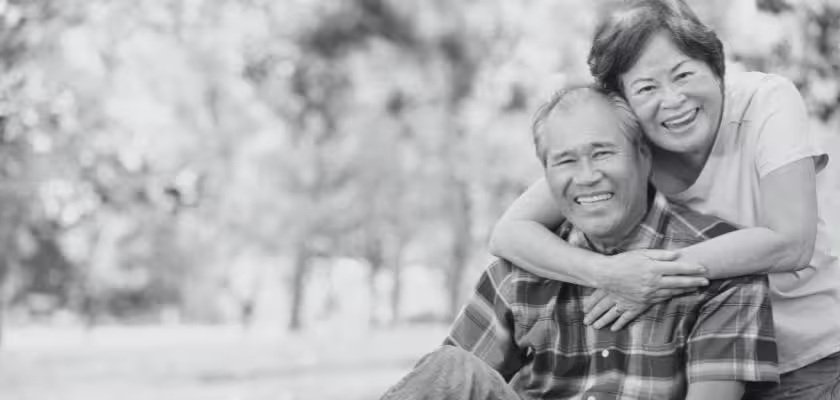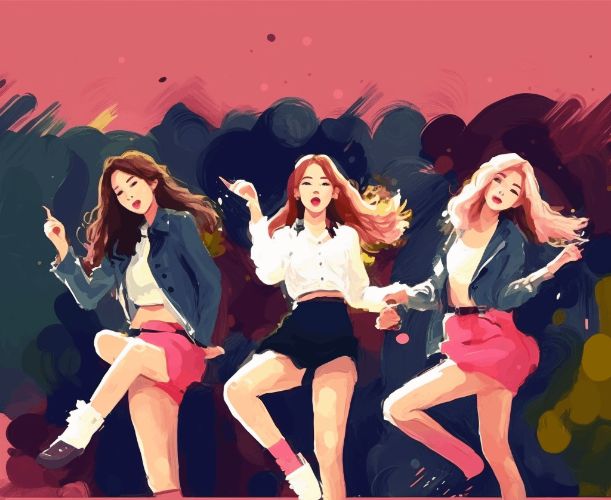If you’re planning to visit South Korea or interact with Koreans, knowing how to greet them is a must. South Korean greetings are an essential part of Korean culture and etiquette, and they vary depending on the time of day, the age, the social status, and the occasion.
In this article, we’ll introduce you to the most common South Korean greetings and teach you how to say hello in Korean, as well as how to use honorifics, bow, and shake hands in different situations.
Why are Korean Greetings important?
Koreans place a great emphasis on manners and respect, and proper Korean greetings are an essential part of their social norms.
Korean Greetings are not only a way to show politeness and acknowledge the presence of others, but also to establish social hierarchy and build rapport.
Knowing how to greet someone properly can make a significant difference in how you’re perceived and how your interaction will unfold.
Basic Korean Greetings
The most basic Korean greeting phrases are “안녕하세요” (an-nyeong-ha-se-yo), which is equivalent to “hello” in English. This greeting is appropriate in most situations and can be used at any time of day.
You can also use the informal version “안녕” (an-nyeong) when greeting friends or people of the same age or younger.
Another common greeting is “반갑습니다” (ban-gap-seub-ni-da), which means “nice to meet you.” This greeting is used when meeting someone for the first time or in a formal setting, such as a business meeting or an interview.
Example: A: “Hi. What did you do over the weekend?” B: “안녕하세요. 저는 가족과 함께 영화를 봤어요. (Hello. I watched a movie with my family.)”
안녕하세요. 저는 가족과 함께 영화를 봤어요.
안녕하세요 (an-nyeong-ha-se-yo). 저는 (jeo-neun) 가족과 (ga-jok-ggwa) 함께 (ham-gge) 영화를 (yeong-hwa-reul) 봤어요 (bwat-sseo-yo).
안녕하세요 (hello; in a polite way). 저 (I; in a humble way) 는 (I’m going to talk about me) 가족 (family) 과 (with) 함께 (together) 영화 (movie) 를 (my object is a movie) 보 (to watch) 았 (past tense) 어요 (I’m telling you polite and friendly). * 보 + 았어요 = 봤어요
Hello. I watched a movie with my family.
Lit. Hello. I watched movie together with family.

Time-specific Korean Greetings
Koreans use different greetings depending on the time of day. In the morning, you can say “좋은 아침입니다” (jo-eun a-chim-im-ni-da) to greet someone, which means “good morning.” In the afternoon and evening, you can use “안녕하세요” (an-nyeong-ha-se-yo) again.
좋은 아침입니다.
좋은 (jo-eun) 아침입니다 (a-chim-im-ni-da).
좋은 (good) 아침 (morning) 입니다 (I’m telling you politely).
good morning.
At night, you can say “안녕히 주무세요” (an-nyeong-hi ju-mu-se-yo) to someone who is going to sleep, which means “goodnight.” If you’re the one who’s going to sleep, you can say “잘 자요” (jal ja-yo), which means “sleep well.”
Honorifics
Korean language has a complex honorific system, which means that you need to use different levels of speech and titles depending on the age, social status, and relationship with the person you’re addressing. In general, you should use honorifics when talking to someone older or more senior than you, or in a formal setting.
When using honorifics, you can add the suffix “-님” (nim) after the person’s name, which is a polite way of addressing someone. For example, “김 선생님” (Kim seon-saeng-nim) means “Teacher Kim.”
Bowing
Bowing is another important aspect of Korean etiquette, especially when greeting someone in a formal or respectful manner.
When bowing, you should keep your back straight, lower your head, and bend at the waist. The depth and duration of the bow depend on the situation and the social status of the person you’re greeting.
In general, a slight nod of the head is sufficient for informal situations, while a deeper bow is appropriate for formal situations.
Handshakes
Handshakes are becoming more common in Korea, especially in business settings or when meeting foreigners.
When shaking hands, you should use your right hand and make eye contact with the person you’re greeting. The grip should be firm but not too strong or too weak.
It’s also important to remember that some Koreans may not be comfortable with physical contact, so it’s best to follow their lead and wait for them to initiate a handshake.
Other Korean Greetings
Aside from the basic greetings, there are other Korean expressions that you can use to greet someone or express your gratitude.
For example, “고맙습니다” (go-map-seum-ni-da) means “thank you,” while “잘 지내셨어요?” (jal ji-nae-shyeo-sseo-yo) means “how have you been?”

Image by pikisuperstar on Freepik
Cultural Tips
When greeting someone in Korea, it’s important to show respect and follow the cultural norms. Some tips to keep in mind include:
- Always use honorifics when addressing someone older or more senior than you, or in a formal setting.
- Use both hands when giving or receiving business cards, and take a moment to read the card before putting it away.
- When bowing, avoid touching the ground with your hands or knees, as it’s considered disrespectful.
- Avoid hugging or kissing someone unless you’re close friends or family members.
Conclusion
In conclusion, knowing how to greet someone properly is an important part of Korean culture and etiquette. Basic greetings like “안녕하세요” (an-nyeong-ha-se-yo) and “반갑습니다” (ban-gap-seub-ni-da) are essential for everyday interactions, while time-specific greetings like “좋은 아침입니다” (jo-eun a-chim-im-ni-da) and “안녕히 주무세요” (an-nyeong-hi ju-mu-se-yo) are used in specific situations. It’s also important to use honorifics, bow, and shake hands appropriately depending on the context. By following these cultural tips, you can show respect and build positive relationships with Koreans.
FAQs
What is the most common Korean greetings?
The most common Korean greeting is “안녕하세요” (an-nyeong-ha-se-yo), which is equivalent to “hello” in English.
When should I use honorifics in Korean?
You should use honorifics when addressing someone older or more senior than you, or in a formal setting.
Can I bow instead of shaking hands in Korea?
Yes, bowing is still an important aspect of Korean etiquette, especially in formal situations.
Is it okay to hug or kiss someone in Korea?
Unless you’re close friends or family members, it’s best to avoid hugging or kissing someone in Korea.
How do I say “thank you” in Korean?
“고맙습니다” (go-map-seum-ni-da) means “thank you” in Korean


